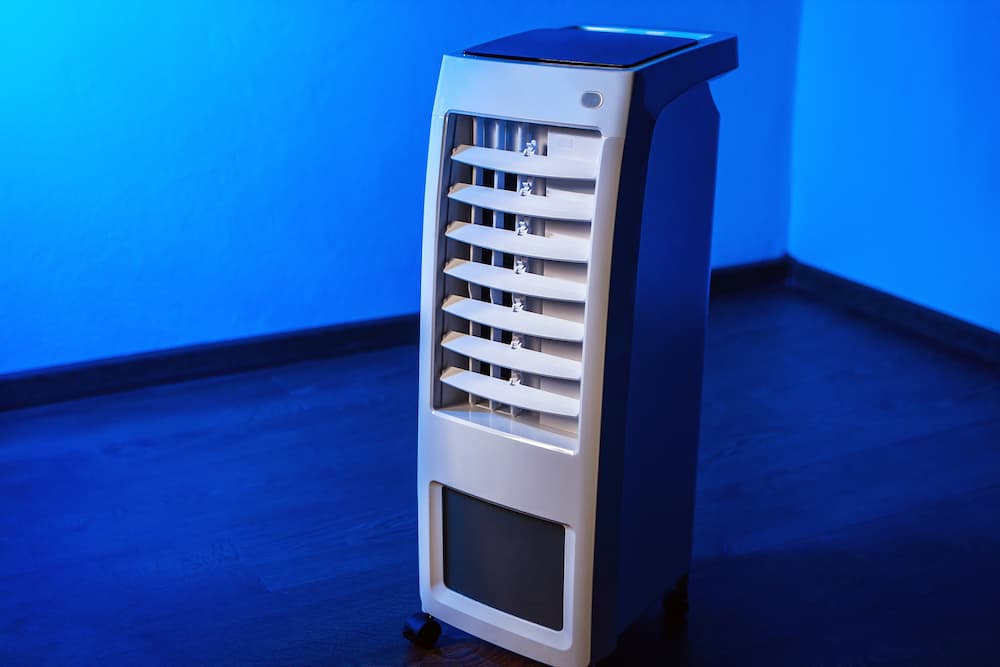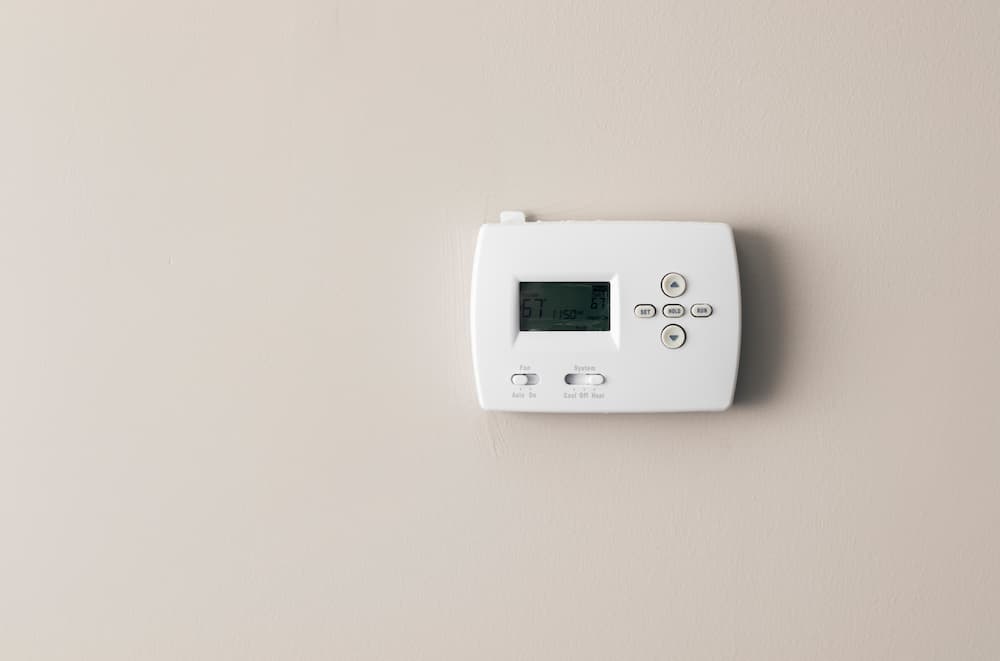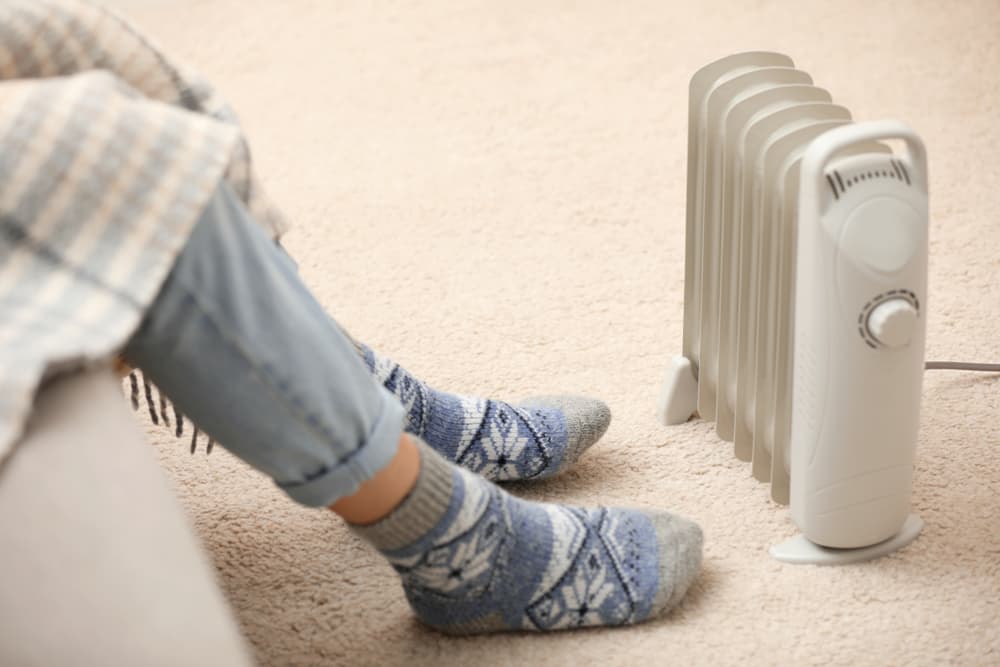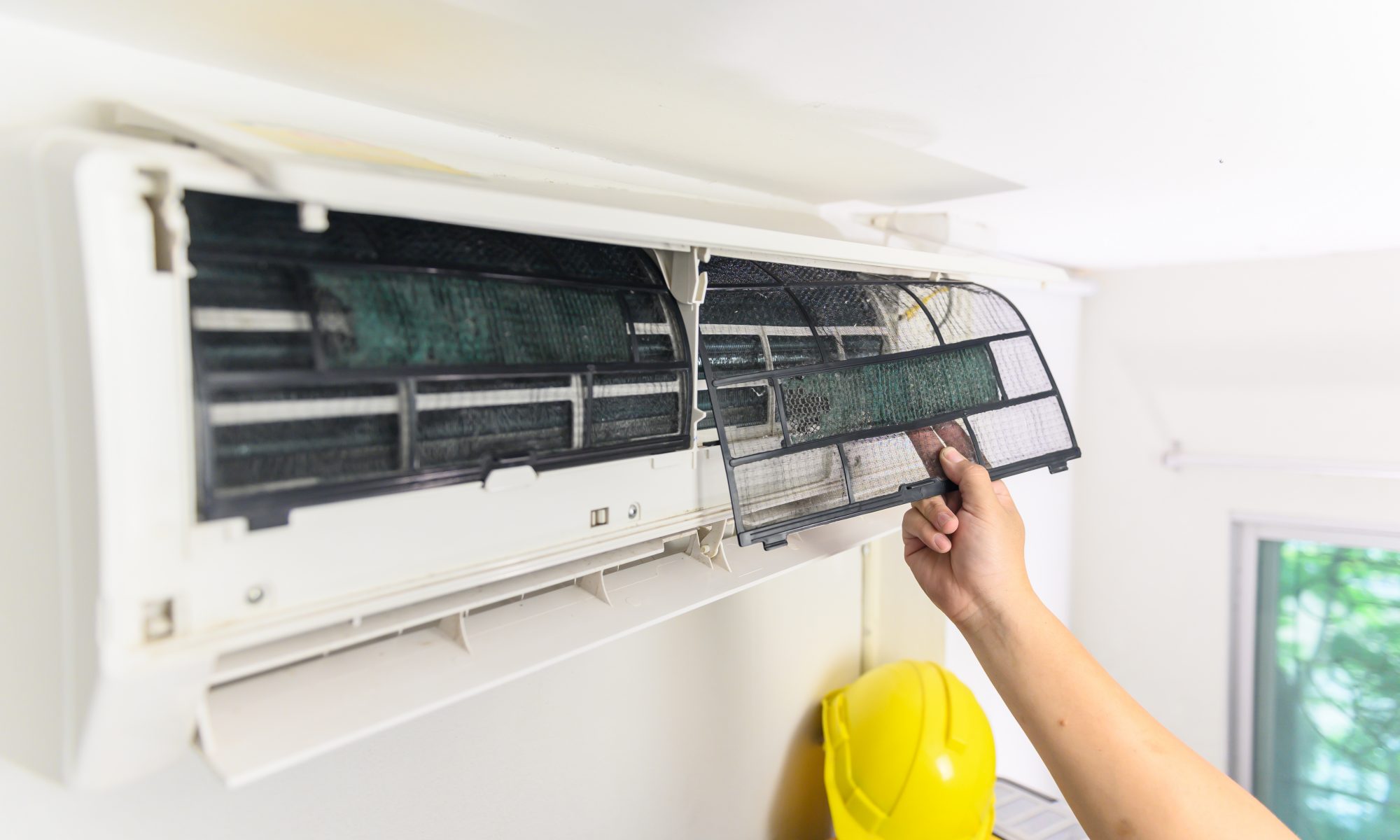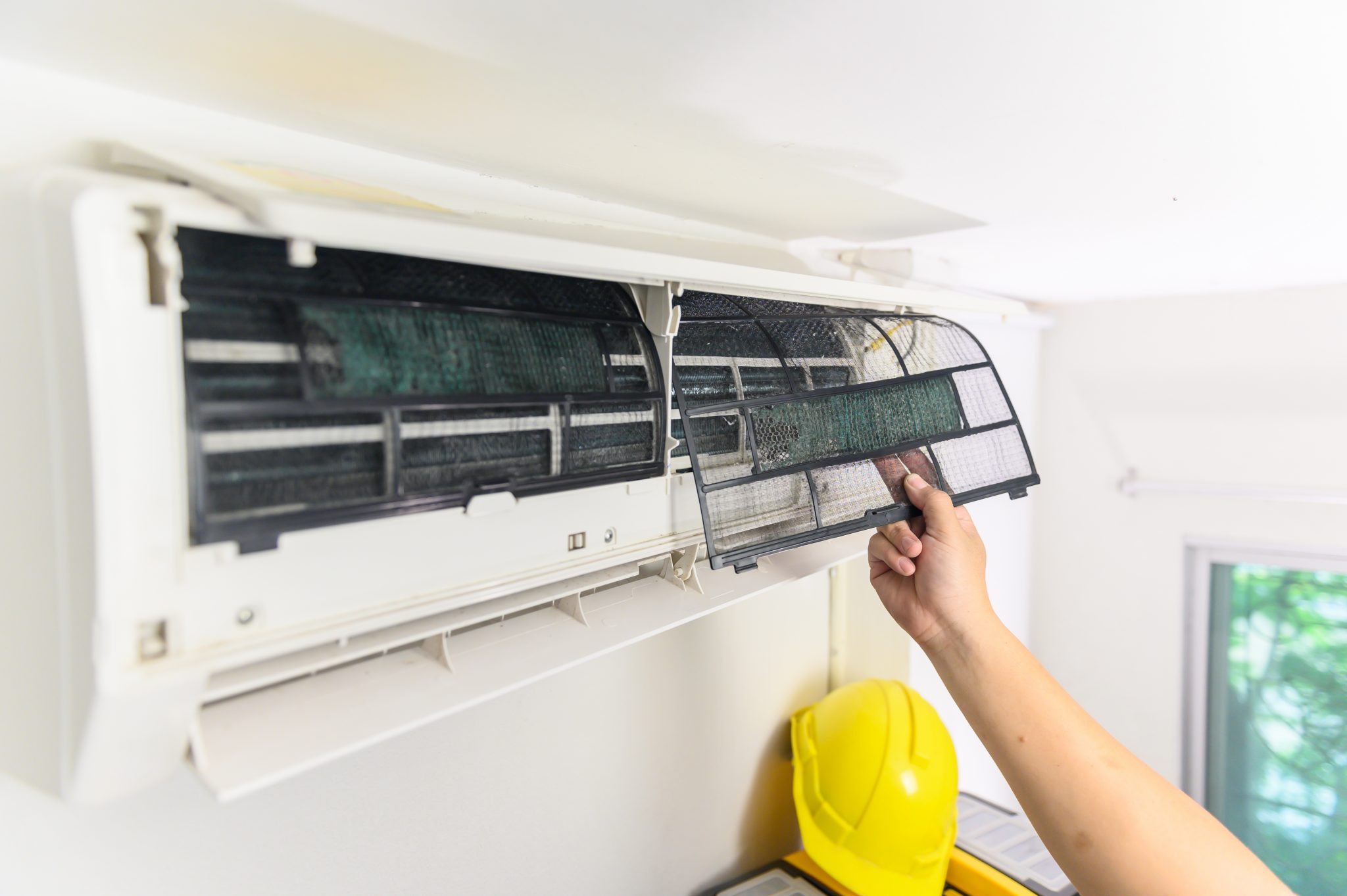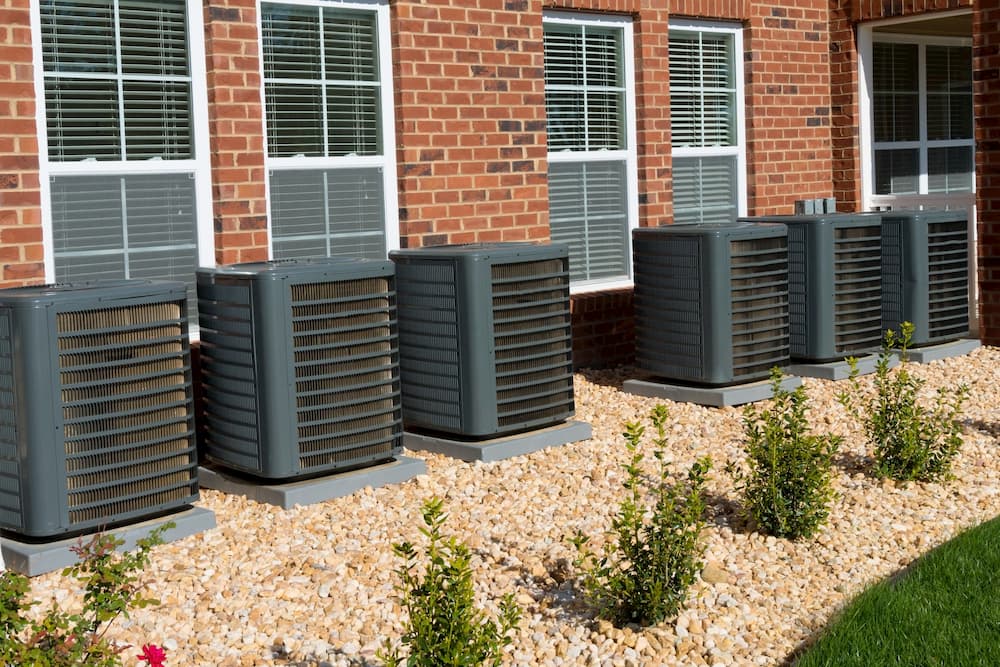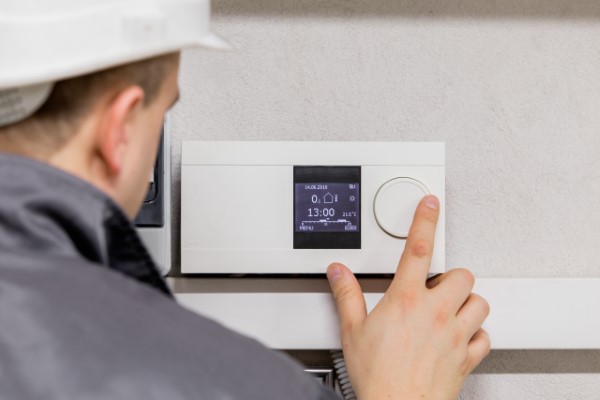Portable AC Units. If you live in the East Valley, you know summers are scorchers. To stay safe and comfortable, you require air conditioning.
Key Takeaways:
-
- Portable AC units are much smaller than window models, which means they can be easily stored or hidden when not in use.
- Many PAC models have drainage tanks that collect water and need regular emptying.
- Most portable units require minimal maintenance.
Not all living spaces come with HVAC systems. Instead, residents need to find other solutions, such as a portable AC unit, also called a PAC. If you’ve never had one, you may be wondering what benefits it offers and what you should look for when buying. Fortunately, we’re here to help with this handy portable ac unit guide.
What Are the Pros of Portable AC Units?
What are the perks of purchasing a portable AC unit? There are quite a few, though whether you find them valuable depends on your unique needs. Here are the top four pros of choosing a portable unit.
1. They’re Easy To Hide
Window units are large, highly visible, and can completely disrupt a room’s design. On the other hand, portable units are relatively small; most are around 20 inches by 16 inches. Their compact design means you can place them in an inconspicuous area while enjoying their effects. Once you’re done, units can be easily packed away in a closet or other storage space.
2. They’re Affordable
Though once a luxury item, PACs are more affordable than ever. While there are high-end models that can cost upwards of $2,000, most options fall within the $500 to $800 range. If you want a bare-bones AC unit with no bells or whistles, you can get a model for as low as $250.
Still too expensive? The good news is, technological advancements are making it easier to make portable units, so you may have access to even cheaper options in the near future.
3. They’re Easy To Move
They’re called “portable” units for a reason. Though weight varies among models, most PACs are easy to move, which means you can put them wherever you need them, whenever you need them. You can even bring them on trips to ensure maximum comfort on vacation.
4. They Don’t Need Installation
AC units for HVAC systems are large and require expert installation. Even window units take time to install. On the other hand, a portable AC can be set down and turned on immediately.
What Are the Cons of Portable AC Units?
Just like everything in life, portable AC units have their downsides. Again, these cons may not have much of an impact on your decision, depending on your circumstances. However, it’s always good to know the whole picture before spending money. As far as downsides go, here are the five most common.
1. They’re Less Effective in Large Spaces
Portable units are specifically designed to cool small spaces. In other words, you can count on your portable AC to cool a bedroom, but it isn’t strong enough to affect your entire house.
If you have a large space that needs climate control, you’re better off with an HVAC system. To find the best option for installation, you should consult an AC professional.
2. Their Drain Tanks Need To Be Emptied
Unlike HVAC units, portable AC’s don’t have a hands-off drainage system. Instead, many come with a drain tank that needs to be emptied regularly. This chore can be inconvenient, especially if your model has a small tank. Additionally, the tank can leak and cause water damage to the surrounding area.
3. They’re Not as Efficient as Window Units
If you’re looking for maximum efficiency, PACs aren’t at the top of the list. Unfortunately, they produce heat as a byproduct, so when you use a portable AC unit, you’re creating a small bit of hot air as well as a large amount of cool air. Of course, this usually isn’t enough for you to feel, especially in the middle of an East Valley summer, but you may notice a rise in your electricity bill once you start using your unit.
4. They Can Be Loud
PACs have fans, which make noise when they run. The louder models can make it difficult to watch TV or have a conversation. If you have a young child who needs to nap or a dog that barks at loud noises, you should look for a quieter option.
5. They May Not Be Enough During Hot Weather
Temperatures frequently reach the 110s during East Valley summers, which means one little PAC may not be enough to keep the heat at bay. When temperatures climb dangerously, it’s essential you have an HVAC system to keep you comfortable.
What Should You Look for in Portable AC Units?
Now that you’ve decided to purchase a portable AC unit, it’s time to pick a model. What should you look for? Here are the five most important things to consider.
1. Energy Efficiency Ratio
An energy efficiency ratio is a number that describes how efficiently the unit uses electricity. The higher the number, the more efficient the unit.
Energy efficiency is a significant concern for homeowners, as it can affect their electric bills. Additionally, a PAC with high EER is better for the environment, as it minimizes your carbon footprint.
2. Decibel Levels
Decibels measure how loud a sound is. There are regulations designating safe decibel levels, as extremely loud noises can cause hearing loss.
All PACs should meet these safety standards, but that doesn’t necessarily mean they’re quiet. If you want a model that won’t interfere with your daily life, you should look for an option that doesn’t go above 45 decibels.
3. Required Maintenance
Portable AC units require some maintenance to stay in top shape, but it’s usually not a huge burden on owners. In addition to emptying the drain tank, you’ll need to do the following:
-
- Defrost icy coils
- Clean or replace filters
- Wipe down housing unit
A clean unit means increased airflow, which in turn means a more effective machine.
4. Room Placement
Where do you plan to put the unit? The room should be small and fully enclosed for maximum effect. Additionally, if your chosen model has a hose to expel hot air or drainage, you’ll need to take that into account. Many models recommend the hose empty outside, so you may need to place your PAC near a window.
5. Size
The more powerful portable AC’s tend to be larger, as they have a bigger motor. As you look through available PACs, keep in mind that you’ll need to balance portability with power.
For most East Valley residents, portable AC units are used in addition to an HVAC system to cool small areas and save money. However, if you find your system isn’t doing its job, you need to bring in the experts.
Superstition Cooling has served our Arizona community since 2012 and is proud to offer fast, effective service. If you’re caught in an AC emergency, don’t worry — we’re available 24/7. To learn more or to set up an appointment, contact us online or give us a call at 480-983-7407.
Featured Image: Fotogrin/Shutterstock

